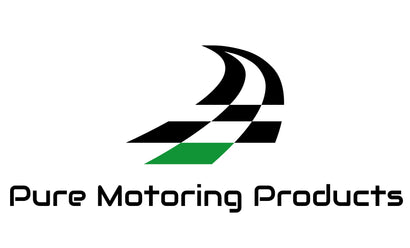Maximizing Fuel Efficiency for Semi-Truck Drivers Across the U.S.

Fuel costs are one of the most significant expenses for truck drivers, making fuel efficiency a crucial consideration for semi-truck operators. Whether navigating through the flat highways of the Midwest or the steep grades of the Rocky Mountains, small changes in driving habits, route planning, and vehicle maintenance can help drivers maximize fuel efficiency on long hauls. Here are practical tips to help semi-truck drivers improve fuel efficiency while traveling through different parts of the U.S.
1. Plan Efficient Routes
Route planning is essential for optimizing fuel usage. Whenever possible, truck drivers should plan routes that avoid congested areas, high-traffic zones, and excessive elevation changes. Flat terrains, such as those found in the Midwest, allow for steady driving at consistent speeds, reducing fuel consumption. In contrast, mountainous regions like the Rockies require more fuel for uphill climbs, so choosing alternate routes, if available, can save fuel.
Avoid Urban Traffic: Major cities such as Los Angeles and New York City have congested traffic, which can cause unnecessary fuel consumption. Utilizing GPS systems that monitor real-time traffic conditions can help drivers navigate around high-traffic areas.
2. Maintain Steady Speed and Use Cruise Control
Keeping a steady speed, typically between 55-65 mph, is one of the most effective ways to improve fuel efficiency. Cruise control helps to maintain consistent speeds on long stretches of highway, particularly in flat regions like Kansas or Nebraska.
On steeper inclines, like those encountered in the Rocky Mountains, drivers should avoid aggressive acceleration, as this can lead to excessive fuel consumption. Instead, maintaining moderate speeds and using engine braking on downhill sections will optimize fuel use.
3. Optimize Fuel Type and Use Diesel Additives
Diesel quality can vary between states, impacting fuel efficiency. States with stricter fuel standards, such as California, often provide cleaner-burning diesel that can help with engine performance, though it tends to be more expensive. Drivers should refuel strategically, using higher-quality fuel when performance is critical, such as in mountainous or urban areas where better combustion is needed.
In addition to optimizing fuel quality, diesel additives like E-ZOIL’s Diesel Fuel Additives can enhance fuel mileage. These additives help improve combustion efficiency, reduce engine deposits, and remove excess moisture from the fuel system, which can lead to smoother operation and better overall fuel economy. For drivers frequently traveling in diverse conditions, adding products like E-ZOIL Carbon Crusher to their routine can make a noticeable difference in mileage, especially over long hauls.
Seasonal Additives: In colder northern regions, winterized diesel with anti-gelling additives is necessary to ensure smooth engine operation. Not using the appropriate fuel in these climates can lead to engine issues and reduced efficiency, especially during winter months in states like North Dakota and Minnesota.
4. Reduce Idle Time
Idling is a significant source of wasted fuel, particularly during rest stops or while waiting in traffic. Truck engines can use up to 0.8 gallons of fuel per hour while idling. Drivers can install auxiliary power units (APUs) or utilize stop-start systems to minimize fuel consumption during downtime. These systems allow drivers to run essential functions, like heating or cooling, without burning excessive fuel.
5. Improve Aerodynamics
Truck and trailer aerodynamics play a large role in fuel consumption, particularly at high speeds. Installing aerodynamic devices like side skirts and trailer tail fairings can reduce wind resistance, saving fuel on long, open highways. Ensuring that roof deflectors are properly aligned and minimizing gaps between the truck and trailer can further cut down on drag.
6. Maintain Proper Tire Pressure
Tire pressure has a direct impact on fuel efficiency. Under-inflated tires can reduce fuel economy by up to 3%. Truck drivers should check tire pressure regularly, especially when driving through areas with significant temperature fluctuations, such as transitioning from warm southern states to colder northern regions. Using low rolling resistance tires can also make a noticeable difference in fuel consumption.
7. Leverage Technology
Telematics systems can monitor a driver’s habits, such as excessive idling or harsh braking, providing feedback to help optimize fuel usage. Additionally, fuel-saving apps can track diesel prices and offer insights into fuel-efficient routes, allowing drivers to adjust their behavior and refueling strategies in real time.
By implementing these strategies, along with using diesel fuel additives from E-ZOIL and Pure Motoring Products, semi-truck drivers can reduce fuel consumption, saving money and improving overall efficiency on their routes across the U.S. With fluctuating fuel prices and


